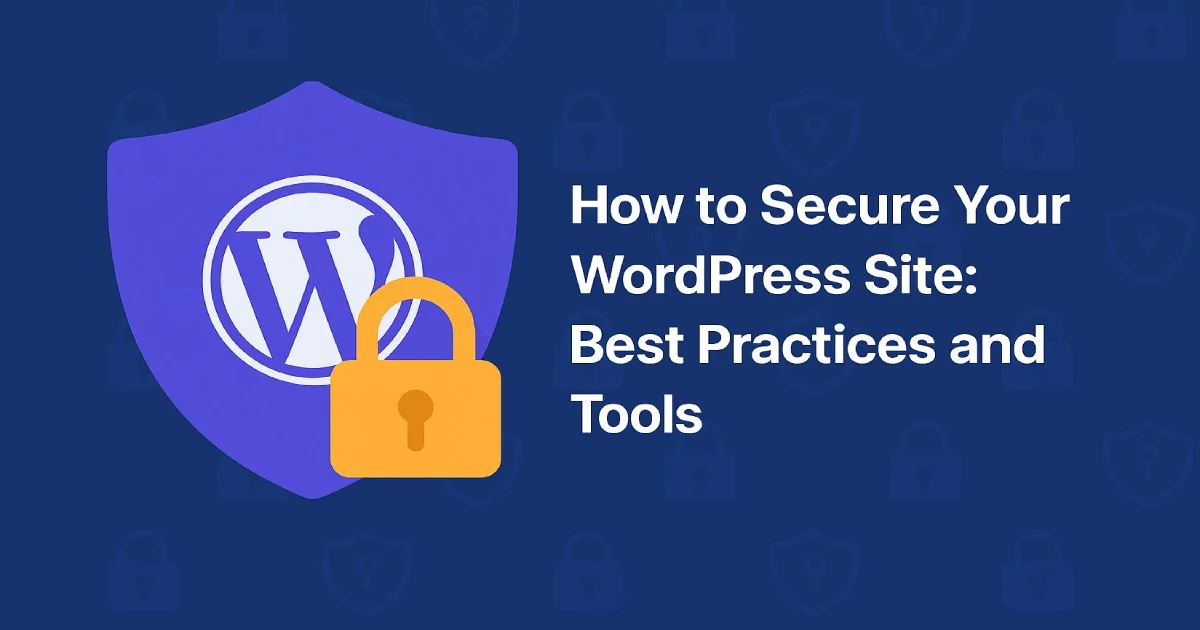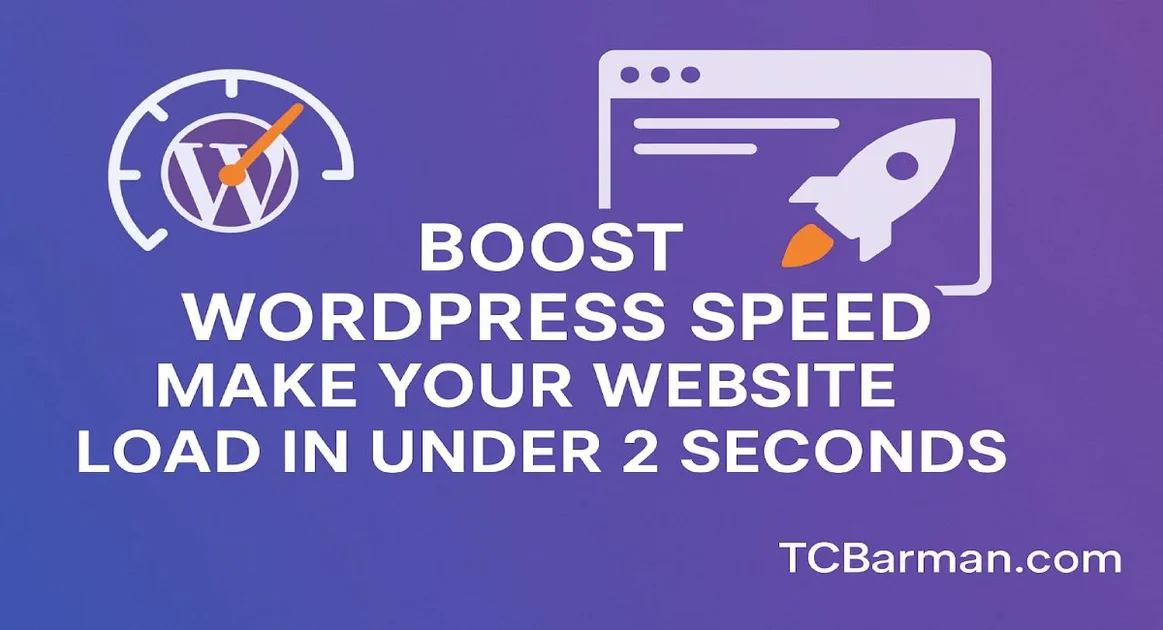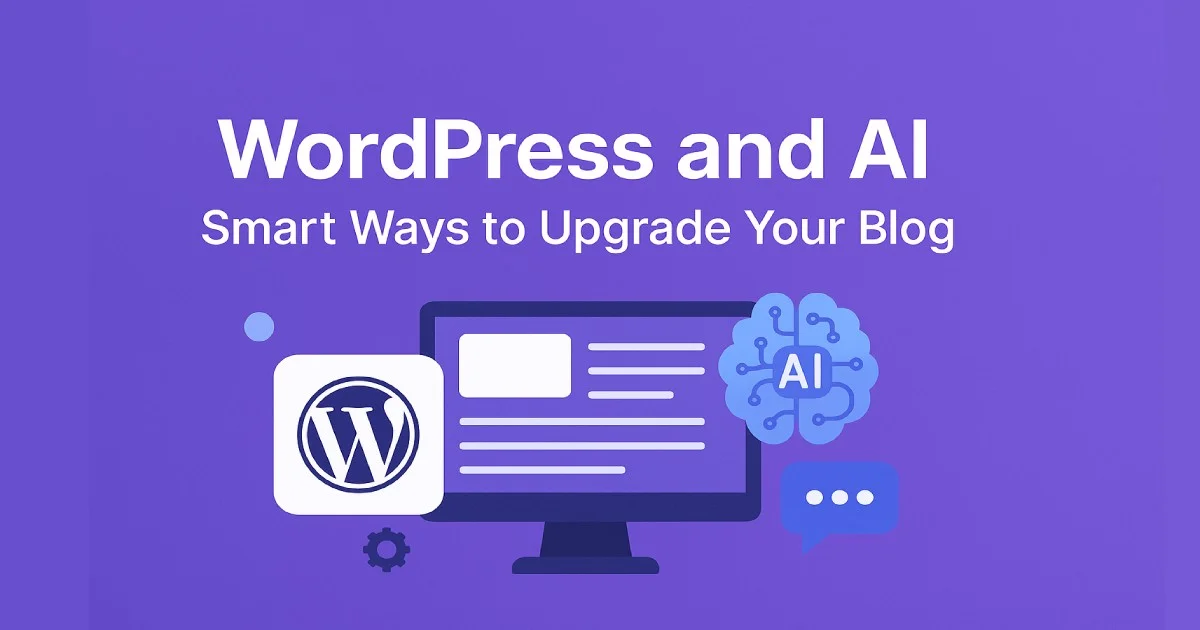WordPress powers over 43% of all websites, making it a prime target for hackers and cybercriminals. Without proper security measures, your site could be vulnerable to attacks, leading to data breaches, malware infections, or even complete shutdowns. Fortunately, securing your WordPress site doesn’t have to be complicated. This guide will walk you through the best practices, essential tools, and expert tips to keep your website safe from threats.
Why WordPress Security Matters
WordPress is an open-source platform, which means its code is accessible to everyone, including hackers. Common vulnerabilities include weak passwords, outdated plugins, and brute-force attacks. A compromised website can lead to:
- Data theft (user information, payment details)
- SEO spam (malicious redirects or backlinks)
- Downtime (loss of traffic and revenue)
- Reputation damage (loss of trust from visitors)
By implementing strong security measures, you can minimize risks and ensure your site remains safe and functional.
Best Practices for Securing Your WordPress Site
1. Keep WordPress Core, Themes, and Plugins Updated
Outdated software is the #1 cause of hacked WordPress sites. Enable automatic updates or regularly check for new versions of:
- WordPress core
- Themes
- Plugins
2. Use Strong Passwords & Two-Factor Authentication (2FA)
Weak passwords are easy targets for brute-force attacks. Follow these tips:
- Use a mix of uppercase, lowercase, numbers, and symbols.
- Avoid common passwords like "admin123."
- Enable 2FA (via plugins like Google Authenticator or Wordfence).
3. Install a WordPress Security Plugin
- Security plugins add an extra layer of protection. Recommended options include:
- Wordfence (firewall & malware scanner)
- Sucuri (website firewall & security monitoring)
- iThemes Security (brute-force protection & file integrity checks)
4. Limit Login Attempts
Brute-force attacks involve repeated login attempts. Limit login tries with plugins like:
- Login LockDown
- WP Limit Login Attempts
5. Use SSL Encryption (HTTPS)
An SSL certificate encrypts data between your site and visitors, preventing eavesdropping. Most hosting providers offer free SSL via Let’s Encrypt.
Essential Security Tools for WordPress
1. Web Application Firewall (WAF)
A WAF blocks malicious traffic before it reaches your site. Top choices:
- Cloudflare
- Sucuri Firewall
2. Malware Scanners
Regular scans detect hidden threats. Use:
- Jetpack Security
- Solid Security
3. Backup Solutions
If your site is hacked, backups help restore it quickly. Reliable options:
- UpdraftPlus
- BackWPup
4. Disable File Editing
Hackers can modify files via the WordPress dashboard. Add this to wp-config.php to disable editing:
php
define('DISALLOW_FILE_EDIT', true);
5. Change the Default WordPress Login URL
The default /wp-admin URL is an easy target. Use plugins like Solid Security or WPS Hide Login to change it.
Advanced WordPress Security Measures
1. Disable XML-RPC
XML-RPC can be exploited for DDoS attacks. Disable it with:
- Plugins like Disable XML-RPC
- Adding this to .htaccess:
htaccess
order deny,allow
deny from all
2. Secure Your wp-config.php File
This file contains sensitive data. Protect it by:
- Moving it to a higher directory
- Restricting access via .htaccess:
htaccess
order allow,deny
deny from all
3. Disable Directory Indexing
Prevent hackers from browsing your files by adding this to .htaccess:
htaccess
Options -Indexes
4. Monitor User Activity
Track changes with plugins like:
- WP Security Audit Log
- Activity Log
5. Choose a Secure Hosting Provider
Not all hosts prioritize security. Look for:
- Automatic backups
- Malware scanning
- DDoS protection
Common WordPress Security Mistakes to Avoid
- Using Nulled Themes/Plugins – Pirated software often contains malware.
- Ignoring Regular Backups – Without backups, recovery is difficult.
- Not Using a Firewall – A WAF blocks most attacks automatically.
- Allowing Weak User Permissions – Limit admin access to trusted users only.
- Skipping Security Audits – Regular checks prevent vulnerabilities.
Conclusion
Securing your WordPress site is not optional—it’s a necessity. By following these best practices, using the right tools, and staying vigilant, you can protect your website from cyber threats. Start with basic steps like strong passwords and updates, then implement advanced measures like firewalls and backups. Stay proactive, and your WordPress site will remain safe, fast, and reliable for years to come.
Need help securing your WordPress site? I can set up firewalls, security plugins, and recommend trusted hosting providers to protect your site. Contact me today for expert support!


